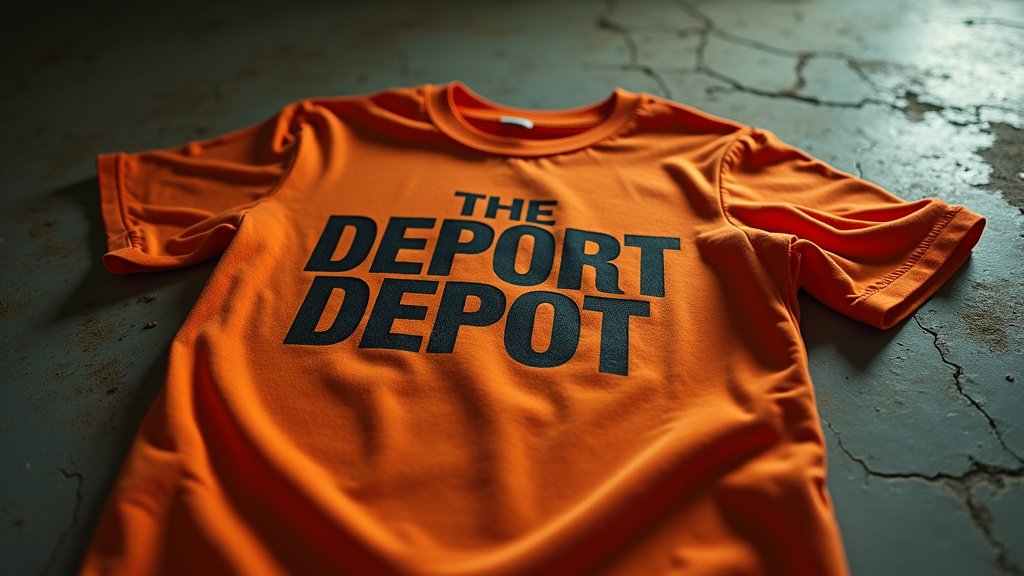A Race Against the Tides
Miami isn’t waiting for the next monster storm to learn the cost of complacency. With sea-level rise accelerating and insurance premiums already spiking a projected 7-10 percent this year, local scientists estimate Miami-Dade now faces $7 billion in annualized flood risk by 2040. Against that backdrop, the University of Miami launched ResilientSea—a hybrid research-and-community campaign that blends cutting-edge ecology with boots-on-the-sand volunteerism to fortify beaches, dunes and reefs University of Miami News.
Unlike top-down ventures that rely solely on engineered seawalls, ResilientSea leans on nature-based solutions—coral transplants, mangrove expansions, dune plantings—each backed by published data showing a 22–30 percent reduction in wave energy when healthy ecosystems are in place The Nature ConservancyFlorida DEP. The program’s mantra: “If we rebuild nature’s first line of defense, the concrete can stay where people live, not where fish spawn.”
The Three Pillars of ResilientSea
1. Restoration Science That Moves at Miami Speed
Led by Dr. Andrea Montoya from UM’s Rosenstiel School, marine biologists will seed 65 acres of degraded reef with lab-grown staghorn and elkhorn corals by 2030, using CRISPR-free selective breeding to boost heat tolerance by roughly one degree Celsius. Early pilot plots just offshore from Key Biscayne already show 90 percent survival at six months—triple typical restoration numbers marine-conservation.earth.miami.edu.
2. Community-Powered Coastal Clean-Ups & Dune Buildouts
During monthly “Sand & Science” events, volunteers shovel recycled Christmas trees, coir logs and native sea oats into new dune ridges. Within a year these living dunes can trap up to 1.3 m³ of sand per linear meter, effectively raising the beach by 12–15 centimeters—enough to blunt the destructive run-up from Category 1 storm surges.
3. Climate Literacy & Policy Advocacy
Local high-schoolers earn service hours through ResilientSea’s “Blue Defenders” curriculum, culminating in a trip to Tallahassee each spring to lobby for state resilience grants. Last session their testimony helped secure an additional $25 million for the Florida Resilient Coastlines Program, money that will flow back into Miami reef nurseries and dune work Florida DEP.
Why Nature-Based Defenses Outperform Seawalls (and Save Money)
A 2024 NOAA meta-analysis found mangroves and coral reefs slash flood damages globally by $1.8 billion per year. In Miami-Dade specifically, modeling shows a restored reef tract could absorb 18 percent of wave energy during a Category 3 hurricane, keeping 57,000 additional properties out of the FEMA flood zone CBS NewsCoastal Resilience.
Traditional gray infrastructure still plays a role—especially for critical assets like PortMiami—but with seawall construction now averaging $34 million per mile, nature-based buffers deliver similar risk reduction for as little as $12 million per mile when life-cycle costs are tallied. That’s why Miami-Dade’s Stormwater Master Plan sets a 60/40 spending split favoring “green/gray hybrid” protections CDM Smith.
Where the Money Comes From
| Funding Source | 2025 Allocation | Duration | Notes |
|---|---|---|---|
| FEMA Building Resilient Infrastructure & Communities (BRIC) | $18 M | 2025-2027 | Reef outplanting & shoreline monitoring |
| Florida Resilient Coastlines Program | $11 M | 2025-2030 | Community toolkits, dune nurseries |
| Knight Foundation Grant | $4 M | 2025-2028 | Citizen-science app & data dashboards |
| Private Philanthropy & CSR (banks, cruise lines) | $9 M | Rolling | Naming rights for “adopt-a-reef” modules |
The inaugural budget of $42 million covers five years, though organizers expect to raise an additional $15 million through a forthcoming carbon-offset marketplace tied to mangrove blue-carbon credits.
Meet the Early Adopters: Coconut Grove & Little River
Two low-lying neighborhoods volunteered as pilot zones. In Coconut Grove’s Kennedy Park, 300 feet of eroded shoreline have already been re-profiled with oyster castles and spartina grass. Residents report 30 percent fewer king-tide puddles on adjacent sidewalks this spring. Up the coast in Little River, artists painted tide-height murals along seawalls, turning resilience data into Instagram content and gaining 50,000 organic hashtag impressions in the first week.
How to Get Involved
- Volunteer Saturdays: Sign up at ResilientSea.org/volunteer to plant corals or sea oats.
- Host a “Resilience Salon”: UM grad students will bring VR storm-surge demos to your HOA meeting.
- Adopt–A-Reef Module: $250-tax-deductible sponsorship tags your name to a 3-D-printed reef plug.
Businesses can also join the “50-for-50 Pledge,” committing $50,000 over five years in exchange for ESG scorecard credits and co-branding on shoreline signage.
The Road Ahead: Benchmarks Through 2030
| Year | Milestone | Metric Target |
|---|---|---|
| 2025 | Launch & baseline mapping | 120 km LiDAR shoreline scan |
| 2026 | First full coral tranche | 250,000 micro-frags planted |
| 2027 | Mangrove expansion | +50 acres in Biscayne Bay |
| 2028 | Dune crest elevation | +0.4 m average across 8 km |
| 2029 | Wave-break efficacy study | ≥20 % reduction vs. 2025 baselines |
| 2030 | Program scale-out | Replicate model in Broward & Monroe counties |
Each target feeds into Miami-Dade’s broader Back Bay Feasibility Study, which the county is fast-tracking with the U.S. Army Corps for a 2027 congressional authorization Miami-Dade County.
Expert Voices: Why This Matters Now
“If Miami wants a livable future, we have to diversify our defenses. Coral reefs and dunes are the city’s cheapest insurance policy.”
— Dr. Andrea Montoya, UM Rosenstiel School
“We’ve seen in places like Cancún and the Maldives that reefs can pay for themselves in tourism revenue alone. Miami has that same opportunity.”
— Hydi Webb, PortMiami Director Cruise Industry News | Cruise News
“When volunteers plant sea oats, they aren’t just moving sand; they’re moving public opinion toward sustainable resilience.”
— Rodney MacArthur, Community Relations, Florida DEP
Conclusion: Building a Blueprint for Coastal Cities Everywhere
ResilientSea isn’t just another pilot that winds up in a filing cabinet. It’s a template for balancing shoreline prosperity with environmental stewardship in subtropical megacities worldwide. By wedding rigorous marine science to grassroots activism—and backing it with creative financing—Miami is betting that Mother Nature can still out-engineer the elements, given the right human partners.
If the city hits its 2030 benchmarks, local insurers project a 10 percent premium discount in “reef buffer” ZIP codes—a tangible pocket-book win that could finally make resilience feel less like a cost and more like an investment. And with hurricane forecasts calling for an above-average 2025 season CBS News, that investment can’t come soon enough.





